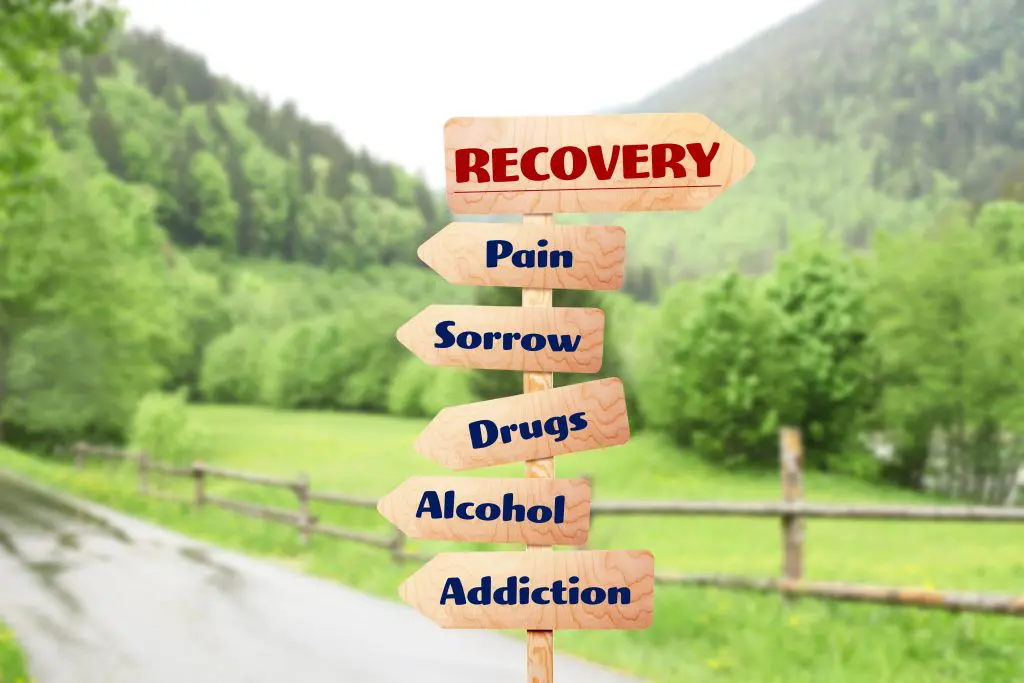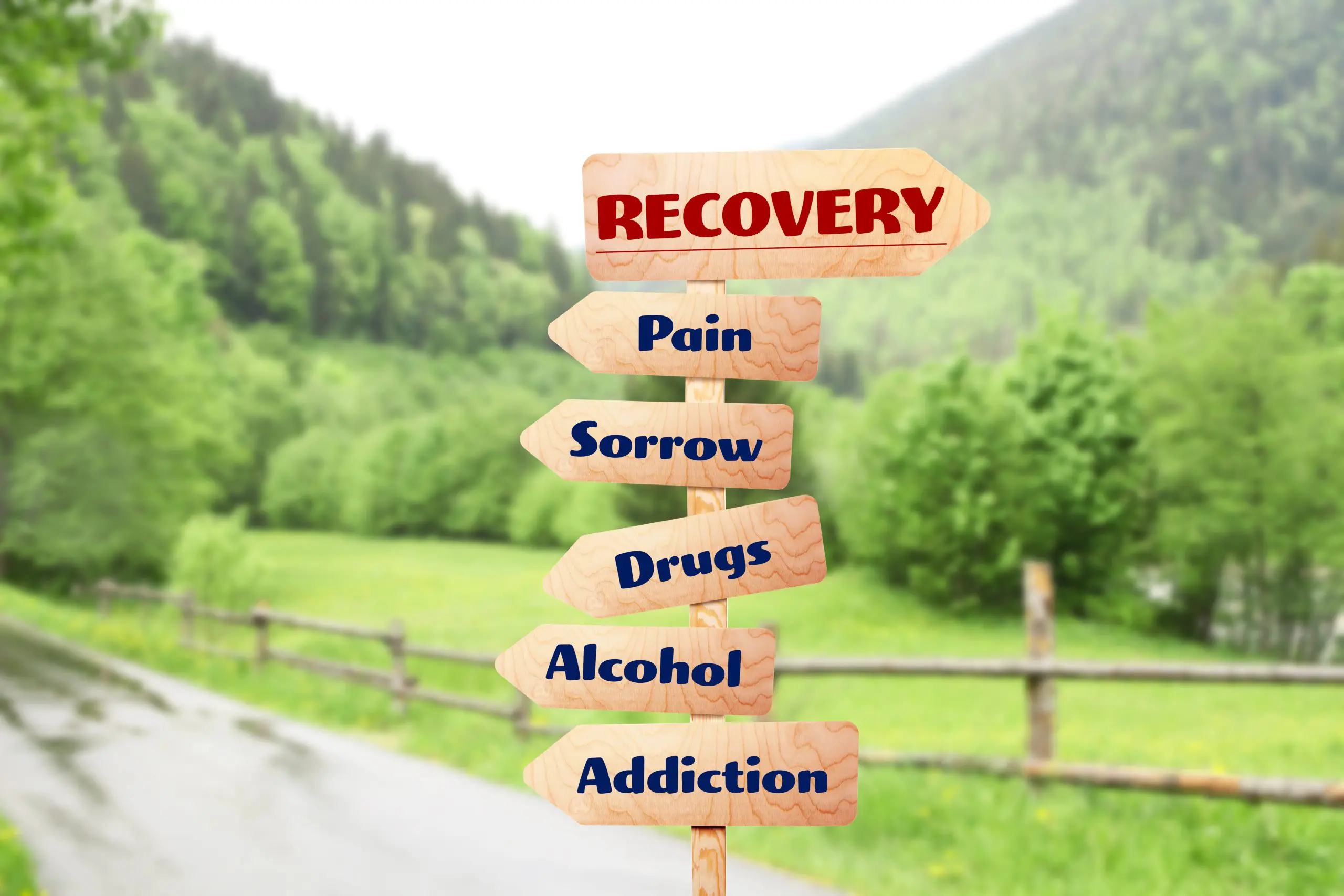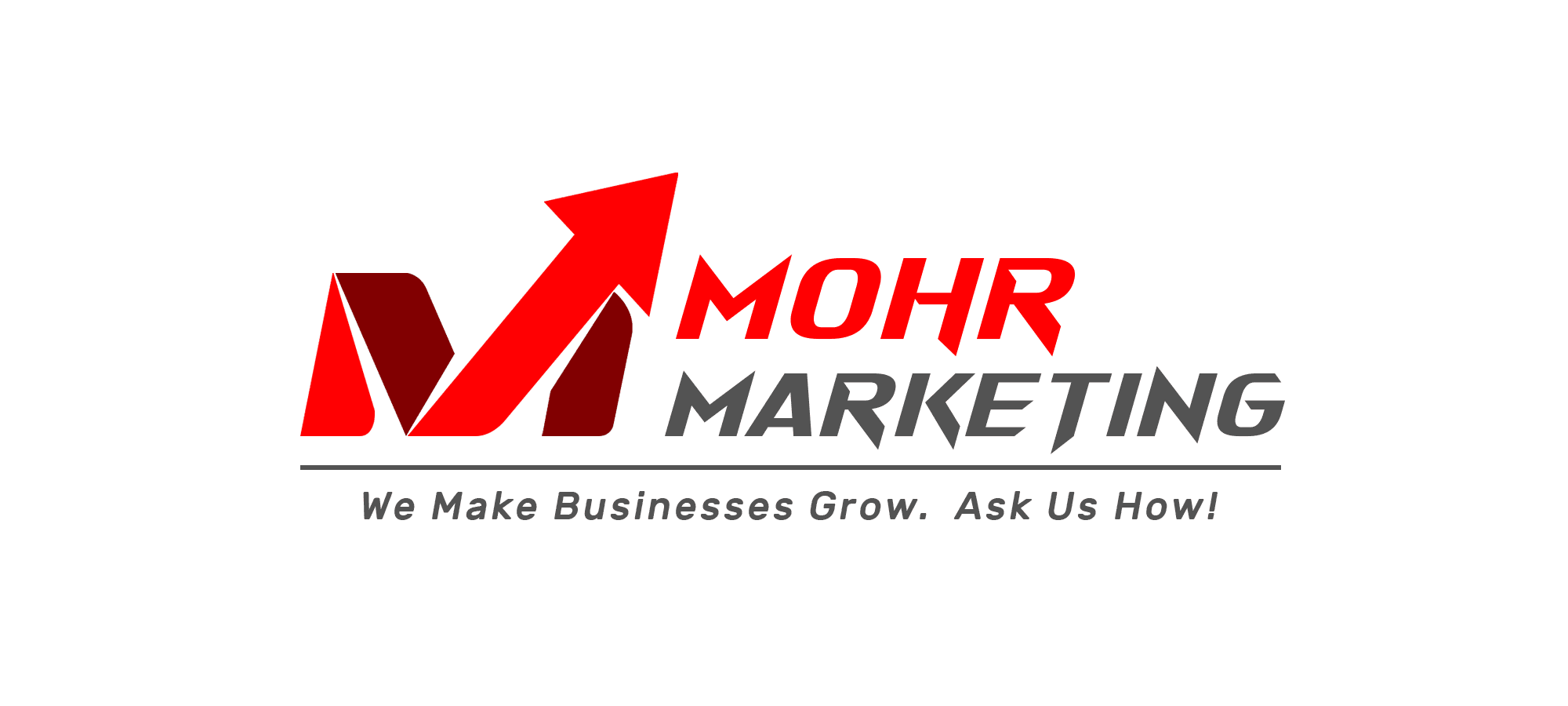Lead Generation For Drug And Alcohol Treatment Centers
August 9, 2024 by Susan MohrUnderstanding The Importance Of Lead Generation In Treatment Centers
Understanding the importance of lead generation in drug and alcohol treatment centers is pivotal for both the institutions themselves and the individuals seeking help. Lead generation serves as a lifeline, connecting those in desperate need of treatment with facilities equipped to provide it. Ensuring a steady stream of inquiries is crucial in an industry where timely intervention can mean the difference between life and death.

Effective lead-generation strategies increase patient admissions and enhance the quality of care by allowing centers to focus on their core mission—helping people recover. Treatment centers can reach a broader audience and identify potential patients who might otherwise remain unaware of available services by employing targeted marketing campaigns, leveraging digital platforms, and utilizing data analytics.
Moreover, robust lead generation efforts contribute to sustainability and growth. Treatment centers operate in a competitive landscape where maintaining occupancy rates is essential for financial viability. Consistent leads ensure that beds are filled, staff are employed, and resources are utilized efficiently.
Ultimately, understanding the importance of lead generation transcends mere business operations; it’s about fulfilling a moral imperative to provide care for those grappling with addiction. By optimizing these efforts, treatment centers can save more lives and foster lasting recovery within their communities.
Identifying Your Target Audience
Identifying your target audience is essential in crafting a successful lead-generation strategy for drug and alcohol treatment centers. Understanding who needs your services allows you to effectively tailor your messaging, outreach, and resources to meet their specific needs.
Begin by considering the demographics most likely to require addiction treatment. These may include individuals struggling with substance abuse, as well as their families, who are often seeking help on behalf of their loved ones. Age, gender, socioeconomic status, and geographic location significantly define this audience. For instance, younger adults may face different substance abuse issues compared to older adults, necessitating varied approaches to communication and support.
Psychographics are equally important; understanding potential clients’ emotional and psychological landscape can guide more empathetic and impactful interactions. Factors such as stress levels, mental health conditions like depression or anxiety, and lifestyle choices contribute significantly to substance use patterns.
Additionally, it’s crucial to consider referral sources such as healthcare providers, social workers, or community organizations that frequently interact with individuals battling addiction. By identifying intermediaries within your target audience framework, you can establish partnerships that enhance credibility and expand your reach.
Ultimately, a nuanced understanding of direct clients and influential stakeholders will enable you to develop a more focused and effective lead-generation strategy for drug and alcohol treatment centers.
Effective Online Marketing Strategies For Lead Generation
Effective online marketing strategies for lead generation in drug and alcohol treatment centers hinge on a multifaceted approach that combines search engine optimization (SEO), content marketing, and social media engagement. SEO is central to these efforts, as it ensures that the treatment center’s website ranks highly in search engine results when potential clients or their loved ones seek help. Treatment centers can significantly increase their visibility by incorporating relevant keywords, meta descriptions, and high-quality backlinks into the website’s content.
Content marketing also plays a crucial role. Regularly publishing informative and empathetic blog posts, articles, and patient testimonials can establish the center as an authoritative voice in addiction recovery. This builds trust with prospective clients and encourages them to engage further with the center’s services.
Social media platforms offer another powerful avenue for lead generation. By creating supportive online communities through platforms like Facebook or Instagram, treatment centers can foster a sense of connection and provide immediate value to those struggling with addiction. Additionally, targeted advertising campaigns on these platforms allow for precise audience targeting based on demographics and behavior patterns.
An integrated online marketing strategy that leverages SEO, compelling content, and strategic social media use can effectively generate leads while fostering trust and community support.
Leveraging Social Media To Reach Potential Clients
Leveraging social media to reach potential clients for drug and alcohol treatment centers requires a strategic, empathetic approach that resonates with individuals seeking help. Social media platforms like Facebook, Instagram, LinkedIn, and Twitter offer unique opportunities to connect with diverse audiences through targeted content and advertising. By creating engaging posts highlighting success stories, informative articles about addiction recovery, and the benefits of seeking treatment, centers can build trust and establish themselves as credible resources.
Additionally, utilizing paid advertising campaigns allows centers to reach users based on specific demographics and interests related to substance abuse recovery. These ads can be tailored to appear in the feeds of individuals who are likely struggling or searching for help online. It’s also crucial to maintain an active presence by responding promptly to comments and messages; this fosters a supportive community where potential clients feel valued and understood.
Collaborating with influencers genuinely interested in promoting mental health can further amplify the message. Influencers can share their personal experiences or highlight the center’s services in an authentic way that resonates deeply with their followers. Treatment centers can effectively connect with those needing support through consistent engagement, valuable content sharing, and targeted outreach efforts on social media.
Utilizing Seo And Content Marketing To Attract Leads
Utilizing SEO and content marketing to attract leads for drug and alcohol treatment centers involves a strategic approach combining search engine optimization with the effectiveness of high-quality, informative content. The primary goal is to enhance online visibility, ensuring that individuals seeking help can easily find the treatment center’s resources.
To start, keyword research is crucial. Identifying relevant terms such as “drug rehab centers,” “alcohol treatment programs,” and specific phrases related to addiction recovery can drive targeted traffic to your site. These keywords should seamlessly integrate into website content, blog posts, and meta descriptions without compromising readability or relevance.
Creating valuable content is equally important. Blog articles addressing common questions about addiction recovery, success stories from former patients, and detailed guides on different types of treatments can establish the center as an authority in its field. Additionally, incorporating local SEO strategies ensures that those searching for nearby facilities can find your center easily.
Regularly updating content keeps it fresh and engaging while signaling to search engines that your site is active and relevant. Combining these tactics improves search engine rankings and builds trust with potential clients seeking reliable information during a critical time in their lives.
Building Partnerships And Referral Networks
Building partnerships and referral networks is a crucial strategy for effective lead generation in drug and alcohol treatment centers. Establishing strong relationships with healthcare providers, mental health professionals, community organizations, and even legal entities can significantly enhance the flow of referrals to your facility. These partnerships are built on mutual trust and a shared commitment to supporting individuals struggling with addiction.
Healthcare providers, such as primary care physicians or hospitals, frequently encounter patients who require specialized addiction treatment. By cultivating relationships with these practitioners through regular communication, educational workshops, or joint community initiatives, you position your center as a trusted resource for their patients in need.
Mental health professionals also play a vital role. Many individuals battling substance abuse disorders suffer from co-occurring mental health issues. Collaborating with psychologists, psychiatrists, and counselors can create a seamless referral process, ensuring comprehensive patient care.
Community organizations often serve as the first contact points for those seeking help. Partnering with local nonprofits, support groups like AA or NA, and social service agencies can extend your reach within the community.
Legal entities such as courts or probation offices may also be valuable allies. Offering specialized programs or services tailored to individuals mandated to seek treatment can further expand your referral network. By strategically building these partnerships and networks, treatment centers can ensure a steady stream of qualified leads while fostering an environment of holistic support for those on the path to recovery.
Measuring Success: Analyzing And Optimizing Lead Generation Efforts
Measuring the success of lead generation efforts for drug and alcohol treatment centers is crucial for optimizing strategies and ensuring resources are effectively utilized. One of the primary metrics to track is the conversion rate, which not only indicates how many leads turn into actual admissions but also provides insights into the quality of leads being attracted. Monitoring this rate helps identify which channels yield the most promising prospects.
Additionally, assessing cost-per-lead (CPL) can reveal how financially efficient your campaigns are. A lower CPL suggests more cost-effective strategies, but it should always be balanced with lead quality to avoid compromising on potential admissions. Analyzing engagement metrics—click-through rates (CTR), time spent on site, and form completion rates—can further illuminate which content resonates most with your audience.
Advanced analytics tools can provide deeper insights by tracking user behavior from initial contact to admission. This data can highlight drop-off points in the funnel, enabling targeted improvements. Regularly reviewing these metrics allows for agile adjustments to marketing tactics, ensuring that efforts remain aligned with client needs and organizational goals.
Ultimately, continuous measurement and optimization foster a dynamic approach that adapts to changing trends and client behaviors, maximizing both outreach impact and treatment center admissions.
CALL 866-695-9058 OR USE OUR REQUEST A QUOTE FORM.
Susan Mohr
Mohr Marketing, LLC
CEO and Founder


Recent Posts
- J&J Talc Spinoff’s Ch. 11 Case Gets Tossed, Erasing $9B Deal
- Understanding The Importance Of Lead Generation For Chiropractors
- Why Family Law Firms Need To Buy Leads
Categories
- Business Financing
- Call Verified MVA Leads
- Compliance Program
- Lead Generation For Chiropractors
- Lead Generation For Criminal Attorneys
- Lead Generation For D&A Treatment Centers
- Lead Generation For Eye Doctors
- Lead Generation For Family Law Practices
- Lead Generation For PI Law Firms
- Lead Generation For Plastic Surgeons
- Leads For Healthcare Professionals
- Leads For Insurance Industry
- Legal Leads
- Legal Updates
- Mass Tort Leads
- Medicare and Medicaid Leads
- Merchant Funding Leads
- Online Marketing Strategies
- Pre-Settlement Funding
- Signed MVA Cases
- Tort Updates
Archives
Copyright © 2024 Mohr Marketing, LLC. All Rights Reserved.


